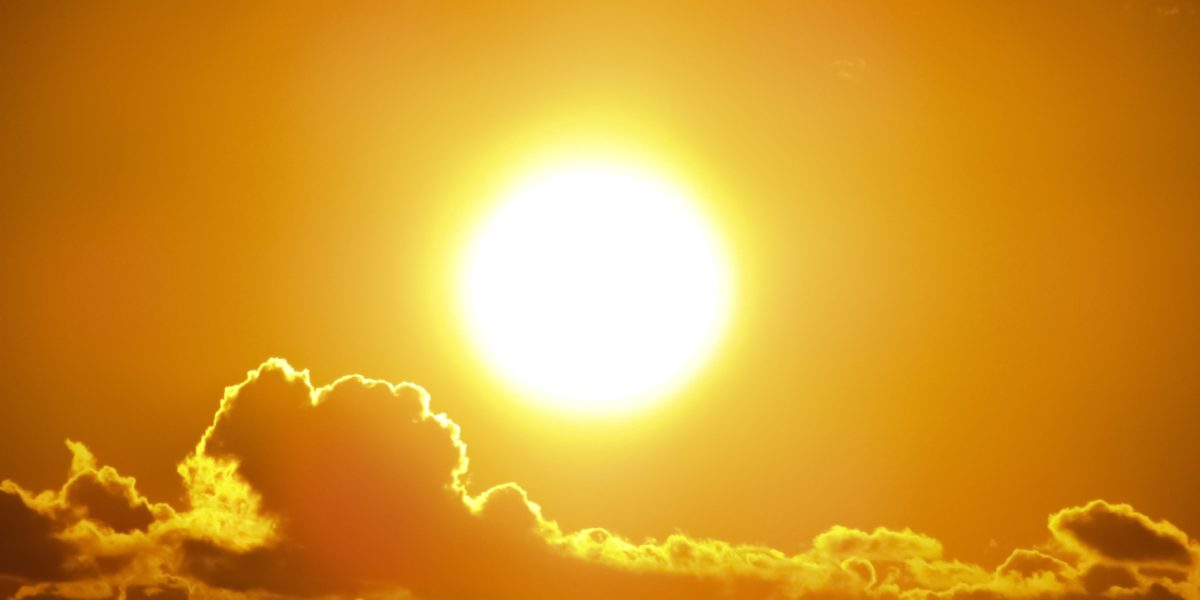Juicy Couture and low-rise jeans are back in our wardrobes, but not every pop culture fragment of the noughties has stood the test of time. We are currently hearing more and more about how the younger generations are living a healthier, cleaner lifestyle. It would be nice to think that we are evolving socially, finally quitting the things that are bad for us. Is this the reality? Or, are brands actually luring us in with the new and we’re being dragged on a journey of health and wellness along the way?
Governments have been trying to get us to take the stats about smoking, drinking, and sun exposure seriously for decades, but, is it actually the case that brands who create safer alternatives and make them cool have actually done more for us than any propaganda? Changes in how we live and what we deem socially acceptable and unacceptable are largely down to injections of the new, within industries that have used the same formula for too long.
In the not-so-distant past, being the designated driver was one of few ways that you could abstain from drinking and not be challenged. Adverts that tell us to be aware and drink responsibility barely scratched the surface of the cultural adversity to sobriety. Instead, drinks brands produced cooler alternatives to sitting in the pub with a watered-down orange juice on a Friday night. Beverage aisles now facilitate the desire to drink socially without drinking unhealthily: Hard Seltzer is branded as a lower calorie beverage with a similar ABV to beer and spirit mixers; Kopparberg’s alcohol-free cider and Brewdog’s 0% IPAs let people buy into the brands that we associate with socialising without having to drink at all. Moving in an entirely new direction are brands that drop their association with alcohol altogether, like Trip’s sparkling CBD-infused soft drinks or the plethora of botanically infused Kombuchas, which focus on flavour and may even push their alcoholic alternatives out of the picture.
We’ve also known for a long time how bad the effects of sun exposure can be, but did this stop people from spending every bank holiday blistering on the lawn? No, it arguably took sun cream to become cool before people took this issue seriously. The emergence of SPF foundations, La Roche-Posay’s influencer revolution, and a whole world of fake tan have led to skin protection actually being the more desirable option, causing behaviour around UV exposure to evolve. A combination of these products still allows people to feed their vanity, but Bondi Sands doesn’t tend to leave you in agony, skin peeling, and remedially drenching yourself in aloe vera.
The clearest example of this is how fake tan has undergone an image change: less David Dickinson and more Molly Mae. Molly Mae brought out her own fake tan brand called Filter which encapsulates the ‘instagramification’ of fake tan, professing to be the natural way to achieve a year-round Instagram filter. SPF products are now more luxurious, encouraging people to protect their skin by glamorizing the new products rather than scaring people, begrudgingly, into the arms of Nivea Sun. La Roche Posay is the most current example of this; a TikTok beauty staple and the first truly cool sun cream, rescuing it from its substantial stint as the cold, sticky goop that would be forcibly applied right when you wanted to be doing handstands in the pool.
What does this mean for old brands that are slowly starting to be replaced and modernised? Are they gradually disillusioning the younger generations, or will this trend soon be replaced by something new? Essentially, this phenomenon has illuminated quite how much power brands hold in causing mindsets to evolve and that they can even nudge us to change our priorities a bit when it comes to health.


